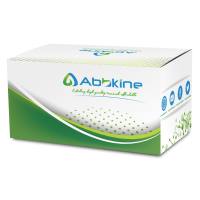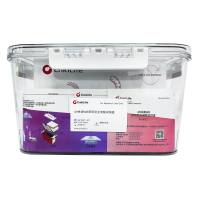SDS -PAGE and Western Blotting Techniques
互联网
1277
The goal of Western blotting, or more correctly, immunoblotting, is to identify with a specific antibody a particular antigen within a complex mixture of proteins that has been fractionated in a polyacrylamide gel and immobilized onto a membrane. Immunoblotting can be used to determine a number of important characteristics of protein antigens-the presence and quantity of an antigen, the relative molecular weight of the polypeptide chain, and the efficiency of extraction of the antigen.
Immunoblotting occurs in six stages: (1) extraction and quantification of protein samples; (2) resolution of the protein sample in sodium dodecyl sulfatepolyacrylamide denaturing gel electrophoresis (SDS-PAGE); (3) transfer of the separated polypeptides to a membrane support; (4) blocking nonspecific binding sites on the membrane; (5) addition of antibodies; and (6) detection.
Sample preparation is important for obtaining accurate separation of the proteins on the basis of molecular weight. Depending on whether an antigen is primarily extracellular, cytoplasmic, or membrane-associated different procedures might be required to prepare the sample initially. Although there are exceptions, many soluble nuclear and cytoplasmic proteins can be solubilized by lysis buffers that contain the nonionic detergent Nonidet P-40 (NP-40) and either no salt at all or relatively high concentrations of salt (e.g., 0.5 M NaCl). However, the efficiency of extraction is often greatly affected by pH of the buffer and the presence or absence of chelating agents such EDTA.








